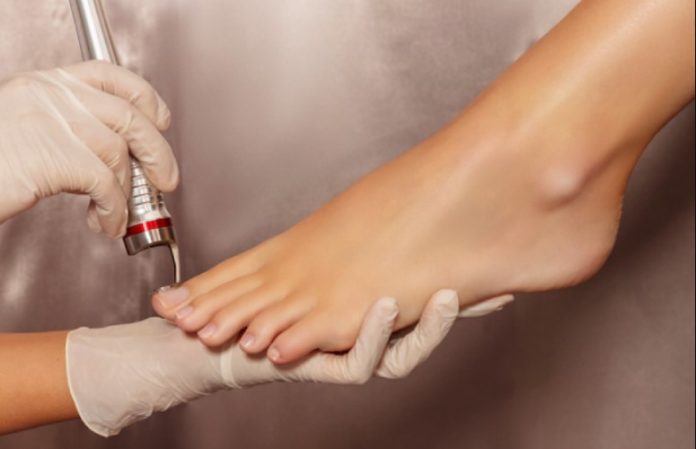What is laser treatment?
Laser treatment uses focused beams of light to treat damaged areas on the body. It can remove tumours and other growths, improve vision, stop hair loss, and treat pain. Laser treatment can also improve the appearance of scars. Laser treatment for scars is an outpatient procedure.
Problems that can be treated by Laser Treatment:
- Unwanted hair
- Unwanted tattoos
- Acne scars
- Aging skin problems, such as age spots, fine lines and wrinkles on the face
- Birthmarks
- Spider veins
- Droopy, dry, sagging eyelid skin and dark circles
- Improve crow’s feet around the eyes
- Pucker marks and frown lines
- Brown spots and uneven skin color
- Scars
- Uneven skin tone and texture
- Smokers’ line
- Vascular lesions
- Skin tightening
Classes of dermatologic laser:
There are five major classes of dermatologic lasers currently in common use:
- Ablative fractionated lasers.
- Ablative non-fractionated lasers.
- Non-ablative fractionated lasers.
- Non-ablative non-fractionated lasers.
- Radiofrequency technologies
Two common Types of Ablative laser treatment:
There are two kinds of lasers used in laser skin treatments.
- The carbon dioxide or CO2 laser:
It removes skin in thin layers, with minimal damage to the surrounding tissues due to heat. Recovery time typically lasts for about two weeks.
- The Erbium laser:
It produces even less damage to the adjacent tissues, resulting in fewer complications such as redness and swelling. It is more effective in removing scars, and recovery time is much faster. Between the two, the carbon dioxide laser is more prone to produce scars and hypopigmented areas.
Another new technique for skin resurfacing is ‘Fractional laser photo thermolysis’. With this technique, a fractional laser is used, which delivers small, pinpoint bursts of light to the skin. This allows more precision and less risk, keeping patches of healthy, normal skin in between treated areas.
Does laser treatment hurt or not?
Treatments may hurtor it may not. Patients and doctors commonly compare the sensation felt during laser treatments to a rubber band snapping against the skin. Your dermatologist will recommend safe ways to control discomfort after laser resurfacing when necessary.
Is laser treatment risky?
It is a surgical process and every surgical process carry chances of risk in it. The Ablative or light lasers can cause infections, cold sours, skin darkening or crysts. Non-Ablative treatment may cause blisters and pigmentation issues.
How to get best results after laser treatment:
To heal well and get the best results from laser treatment, dermatologists recommend that patients:
- Quit smoking for at least 2 weeks before laser treatment.
- Stop taking vitamin E, aspirin, and other medications and supplements that can delay healing.
- Stop using skin care products that contain a retinoid or glycolic acid for 2 to 4 weeks.
- Take medication to prevent getting cold sores if you’re prone to developing cold sores.
- Avoid the sun, tanning bed, or sunlamp. You cannot be treated if you have a tan or sunburn.
A medical consultation is crucial before any laser treatment, in order to confirm if you are ready for the treatment or not. After having laser treatment, you’ll need to protect your skin from the sun until your skin heals. If the sun’s harmful rays hit your treated skin, you can develop another scar.
If you want to see the best results and prevent possible side effects, you should follow your dermatologist’s instructions at-home and care after laser treatment.


